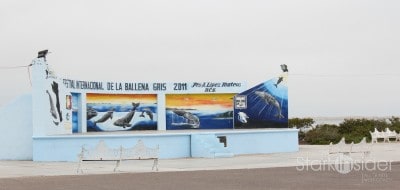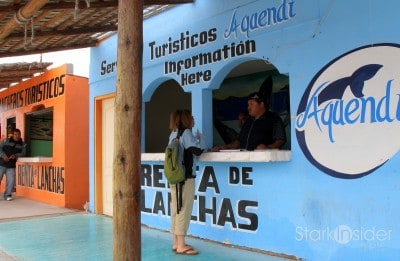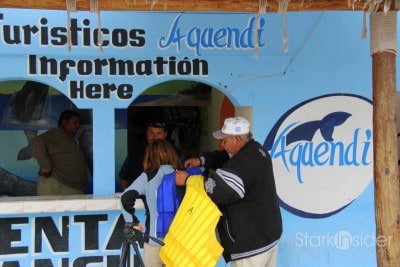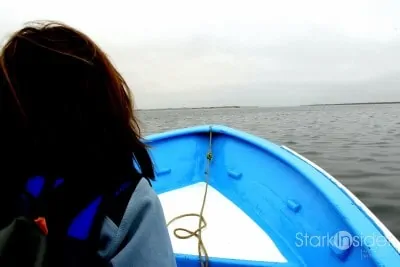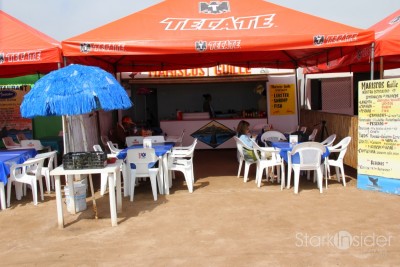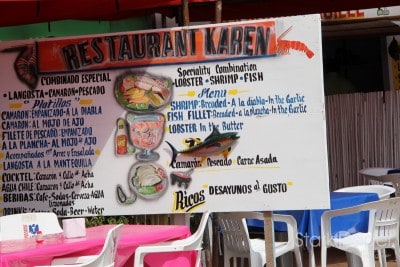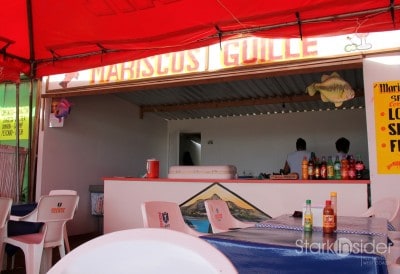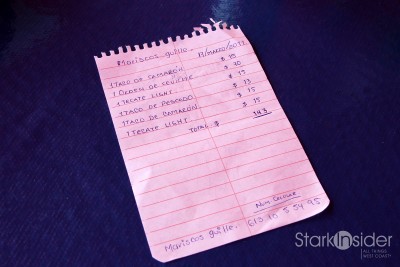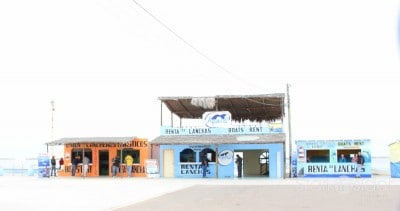
Beckoned by photos and videos this March from Steve and Eve of their glorious whale watching excursion in the Pacific Ocean, Clint and I decided to embark on the same quest. We drove across the width of the peninsula from Loreto, Baja California Sur, along often dusty dirt roads, to the shores of the Pacific Ocean.
Along the way, we imagined the blue skies, clear waters and whales along our panga boat, close enough to pet. These were the images that were imprinted from the videos Steve and Eve shared on an evening prior.
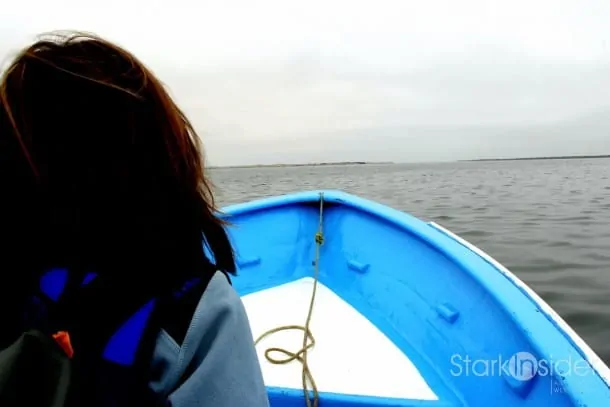
Sadly, such anticipation was met with gray skies, chilly weather, choppy waters and only a few distant glimpses of whales. The highlight of our trip was the shrimp tacos we had afterward at one of the little restaurant stands that peppered the waterfront to the right of the whale watching excursion purveyors.
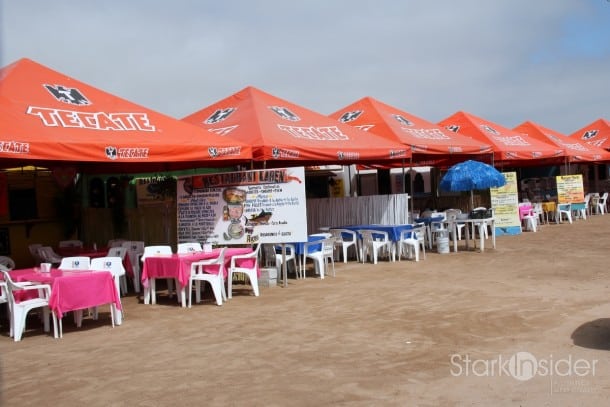

With all the beautiful photos out there of spectacular whale watching trips, I wanted to make sure that those that had less than stellar experiences were not left out. So here is my ode to all those that went, but did not see.
As well, for those that are yet to embark on their whale watching experiences, I wanted to provide some tips. So here are my top 6 tips for your next whale watching trip.
Tip #1: Check the weather
The weather on the Pacific Ocean side of the peninsula can be very different than on the Sea of Cortez side which is where Loreto is located. The day we went, Loreto was warm and sunny. As we traveled towards the Pacific Ocean, the weather became cooler and a cloud cover started to develop. The phenomenon is similar to when one drives from San Jose to San Francisco, California. Because of this, bring layers and check ahead of time on the weather forecast. The best is to go when it is sunny on the Pacific Ocean side.
Tip #2: Prepare for wind, water and sun.
Even if the weather forecast shows warm temperatures, always bring a couple of layers as the weather can change quickly and on the waters, it may get windy. Also, out in the waters, you were at the mercy of the sun so make sure to bring a hat, sun glasses and sun screen so that you don’t look like a lobster by the time you return. The panga boat can get some water in it so make sure you have sandals or other types of shoes you will be comfortable in even if it gets wet.
Tip #3: A bird in the hand is worth two in the bush.
We were fortunate to see a mother and baby whale a few hundred yards away about 7 minutes into our whale watching excursion. Because of this, we thought there were plenty of whales still out there for us to discover. Instead of trying to follow the whales and edge closer, we decided to whisk off in search of other whales. The two whales were the only ones we saw on our trip. Lesson learned is never to take whale sightings for granted.
Tip #4: Timing is not everything, but it is a big factor.
We went whale watching in late March. This is too late. The peak of whale watching season is late February to early March. This is when the baby whales are big enough to be playful, yet young enough that they whales are still close to shore. By the time we went, as we found out later, most of the whales had left the waters close to the shore.
Tip #5: When all else fails, there will always be the incredible shrimp tacos.
Especially when your trip is not so successful, it is critical you stop by the taco stands and enjoy some shrimp tacos. They will become the highlight of your trip.
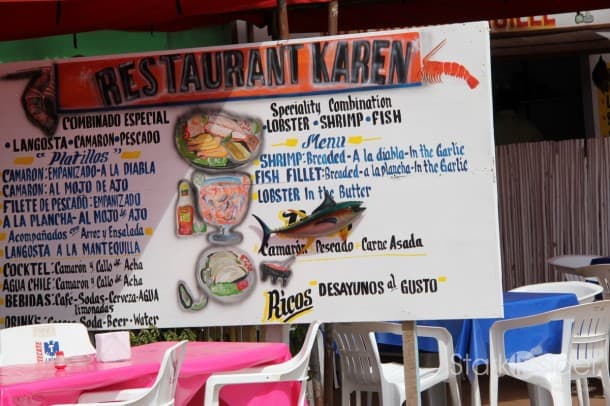
Tip #6: Do not leave your lights on.
We (Clint) accidentally left the lights on in the car. By the time we returned, the battery was drained and we could not start up the car. Remember boys and girls, this is the hot Baja where jumping a battery is not a common concept as it would be in the east coast of US or in Canada. Fortunately, we found the one and only person along the waterfront that had jumper cables, who also happened to be extremely helpful. This was much to our relief. When you park your car, do check to make sure your lights are turned off.


